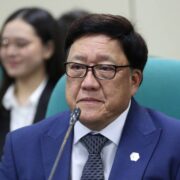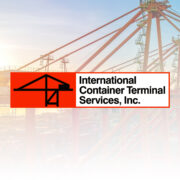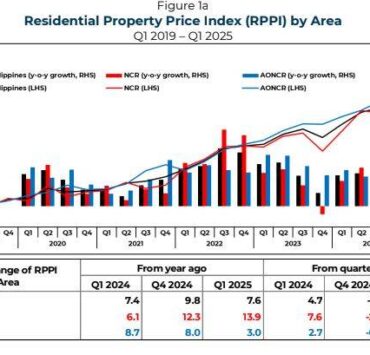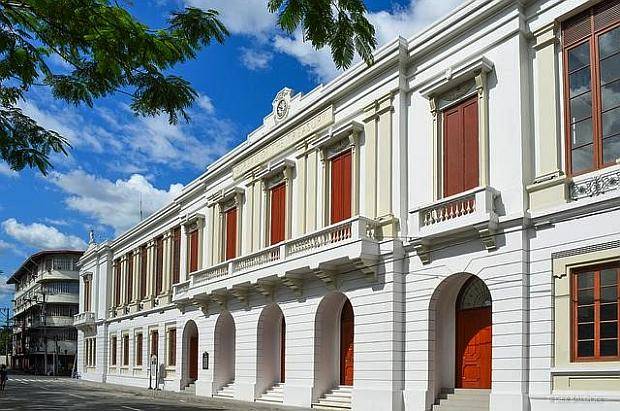PH trade deficit narrowed in May

Filipino exporters made a killing in May despite the global trade headwinds coming from the US tariffs, helping cut the country’s trade deficit as sales rose to one of their highest levels in years.
Latest data from the Philippine Statistics Authority (PSA) showed export receipts amounted to $7.29 billion, clocking in a solid year-on-year growth of 15.1 percent. This was the third highest sales on available record dating back to 1991.
Earnings from electronic products—the country’s top export—grew by 8 percent in May, with receipts from outbound shipment of semiconductors increasing by 5 percent. In the first five months, total exports grew at an annualized rate of 10.8 percent to $34.20 billion.
This, in turn, resulted in a narrower trade deficit.
PSA data showed Filipinos spent $3.29 billion more importing goods from other countries than they earned from exports, 30.4 percent smaller compared with a year ago. At the same time, it was the narrowest trade gap since the $2.97 billion shortfall recorded last February.
“The narrower trade deficit is a welcome development mainly due to improved electronics shipments and higher demand from key markets like the United States and China,” said John Paolo Rivera, a senior research fellow at state-run think tank Philippine Institute for Development Studies.
“This signals recovering external demand and improved supply chain conditions,” Rivera added.
Import slump
Meanwhile, imports fell by 4.4 percent to $10.58 billion in May, beating the 2.5-percent contraction in the preceding month.
Among the major goods that Filipinos buy from abroad, energy imports posted the steepest slump at -40 percent amid retreating global oil prices at the time. The decline also coincided with a relatively strong peso, which can cut import costs.
On the flip side, inbound shipments of capital goods that local businesses use to produce their products and services grew by 5 percent, while imports of consumer goods jumped by 13.9 percent.
“Outlook-wise, exports may continue to improve if global demand stabilizes and trade tensions ease, but import recovery will depend on stronger domestic spending and investment activity,” Rivera said.
“Sustained trade rebalancing will require both export competitiveness and revitalized industrial demand,” he added.





















